Showing all 11 results
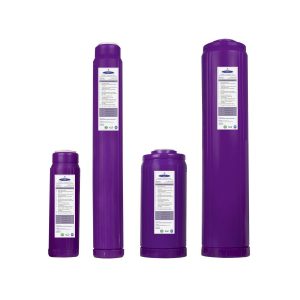

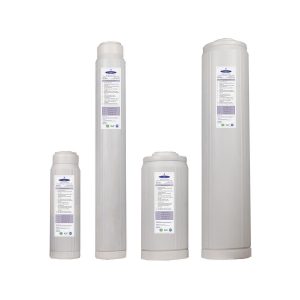
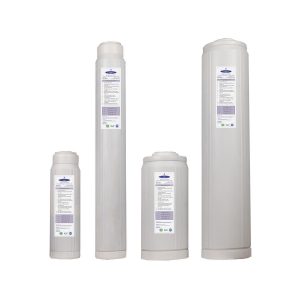

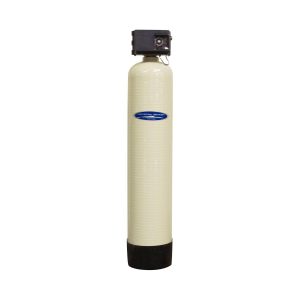
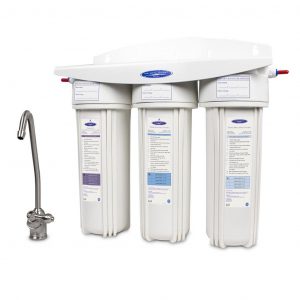
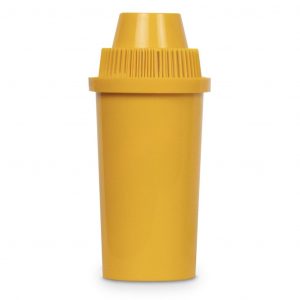



Fluoride was first added to water in the 1940’s as a means of preventing tooth decay, as not a single dental product contained fluoride. In the past 60 years as one fluoride product after another came onto the markets, exposure to fluoride increased considerably.
Exposure from other sources has increased as well. Some other sources include processed foods made with fluoridated water, fluoride containing pesticides, bottled teas, teflon pans, fluorinated pharmaceuticals, and mechanically deboned chicken. All together, the flux of fluoride sources in the modern diet has created a toxic cocktail, one that has caused a dramatic increase in dental fluorosis, known as a tooth defect caused by excess fluoride intake.
Fluoride is a common constituent of many minerals. High concentrations are contained in wastewater from the manufacturing of glass and steel, as well as from foundry operations. Organic fluoride is present in vegetables, fruits and nuts. Inorganic fluorine, under the name of sodium fluoride, is a waste product of aluminum and is used in some rat poisons. The MCL for drinking water established by the U.S. EPA is 4 mg/l
Fresh foods and fresh water contain very little fluoride. As a general rule, one will receive very little fluoride when drinking spring water and eating unprocessed fruit, vegetables, grains, eggs, milk, and meat. Generally the more processed the food, the more fluoride there is in it.